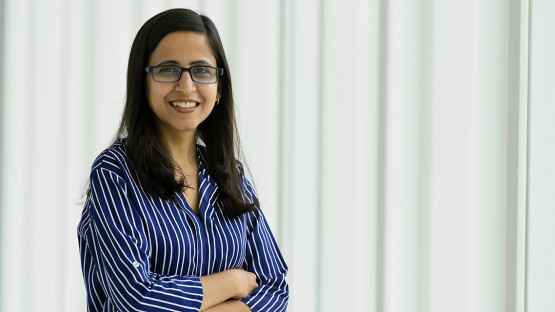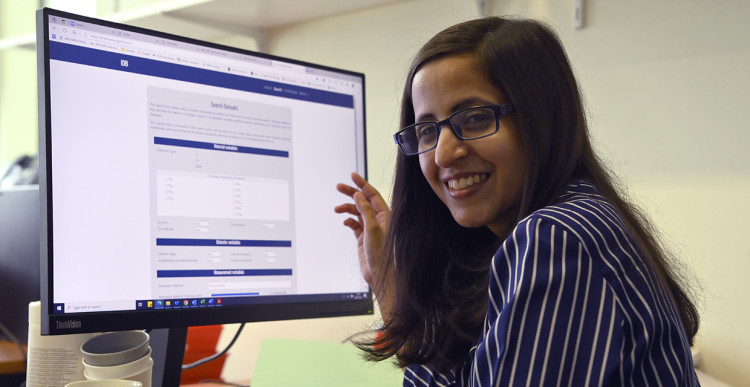The IAEA profiles women in STEM (science, technology, engineering and mathematics) to provide insight into career paths and to inspire and encourage readers, particularly women, to pursue careers in STEM. Read more profiles of IAEA women in STEM.
Growing up in small town in the Punjab in India, Dipti never anticipated that she might end up working for an international organization such as the IAEA in Vienna, or that she might pursue a career in the nuclear field.
“I didn’t know about these opportunities early on in my life,” she said. “My family are very supportive. However, I am the only person with a PhD in my family. My father is a businessman. My siblings work in other occupations.”
Nonetheless, from an early age, Dipti was fascinated by science. She chose science subjects for her undergraduate degree and studied physics for her master’s, becoming increasingly interested in physical phenomena. Her academic achievements and the encouragement of her master’s supervisor prompted her to apply for a Council of Scientific and Industrial Research National Eligibility Test (CSIR-NET) fellowship to study for a funded PhD at the prestigious institute IIT Roorkee in India. This took the form of a national test, in which Dipti competed against thousands of hopefuls to finish in the top 100. Her PhD was in atomic and plasma spectroscopy – research which would eventually lead to her current role at the IAEA.
Dipti found the study of spectroscopy illuminating. “Spectroscopy is all about the interaction of electromagnetic radiation with atoms and molecules and how we can use that as a major source of information to determine physical and chemical properties,” she explained.
“My research was about analyzing spectra which can help us understand the composition, density, and temperature of plasma environments. These can be used in diagnostics for nuclear fusion energy research, solar and stellar atmospheres, industrial uses or in developing semiconductors. For example, it can be used in industry to find promising candidates for the next generation of Extreme Ultraviolet (EUV) radiation sources for lithography and subsequently making smaller computer chips,” she said.
Carrying out research in the field of spectroscopy came with significant challenges for Dipti. Theoretical physics is very focused on computational work, and Dipti had no access to her own computer until she started her PhD in 2011. However, she has made up for lost time by becoming an expert scientific programmer, and now specializes in creating and curating databases at the IAEA.
“A lot of my work now involves databases, new software and front-end development,” said Dipti.
“I have had to learn programming languages, having started working with computers at a later age. I started from scratch. I tell my niece, who is eleven years old, she should learn programming now, while she is still young.”
I would say to other women, just follow your heart and believe in your abilities.






